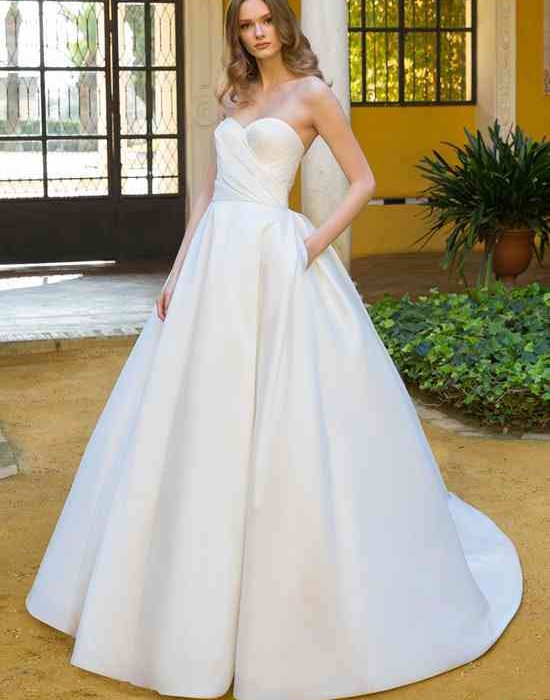Fashion, as a cultural and artistic expression, has always been a fascinating reflection of society’s values, norms, and aspirations. Among the myriad forms of clothing, dresses have stood as iconic embodiments of the ever-evolving trends and sensibilities throughout history. From the sumptuous gowns of the Renaissance to the sleek, modern designs of today, each iconic dress style serves as a canvas that encapsulates the spirit of its era.
The Renaissance era, spanning the 14th to 17th centuries, was characterized by opulence and artistic innovation. Dresses of this era were intricate masterpieces, adorned with luxurious fabrics, elaborate embroidery, and ornate embellishments. These garments were not just clothing; they were visual representations of wealth and status. The silhouette featured a narrow waist and voluminous skirt, showcasing a harmonious blend of elegance and extravagance.
The Regency era, in the early 19th century, presented a departure from the opulent styles of the past. The empire-waist dress, characterized by its high waistline just below the bust and flowing skirt, epitomized the neoclassical aesthetics of the time. Inspired by ancient Greece and Rome, these dresses exuded simplicity and grace. The silhouette was a stark contrast to the corseted bodices and rigid structures of earlier eras, reflecting a shift towards a more natural form.
The Victorian era, from the mid-19th to the early 20th century, witnessed a range of dress styles, each laden with symbolism and societal values. The crinoline dress, with its bell-shaped skirt supported by a cage-like structure, accentuated a narrow waist and wide hips, creating an exaggerated hourglass figure. As the era progressed, the bustle dress emerged, characterized by a prominent padded protrusion at the back of the skirt. These dresses embodied the era’s strict social norms and gender roles, reflecting the expectations placed on women in a rapidly changing world.
The 1920s ushered in the Roaring Twenties, a period of liberation and societal upheaval. The iconic flapper dress, with its dropped waist, short hemline, and loose fit, became a symbol of the era’s spirit. Women of this time were breaking free from traditional constraints and embracing newfound freedoms. The flapper dress celebrated movement, individuality, and a departure from the corsets and conventions of the past.
The post-World War II era brought Christian Dior’s “New Look” in the late 1940s, reinvigorating fashion with glamour and elegance. The silhouette featured a cinched waist, full skirt, and structured bodice, reviving a sense of opulence after the wartime austerity. Dior’s designs captured a sense of optimism and renewal, symbolizing a desire for beauty and refinement in a world recovering from conflict.
Coco Chanel introduced the little black dress in the 1920s, a revolutionary departure from conventional norms. The LBD, characterized by its simplicity and versatility, defied traditional notions of color and design. It represented a shift towards individuality and self-expression, empowering women to define their style on their terms.
The 1960s brought the mini dress, a daring expression of youth and rebellion. Short hemlines defied modesty standards, signaling a departure from past norms. The mini dress encapsulated the era’s sense of liberation, embodying a break from tradition and a celebration of youthful exuberance.
In contemporary times, dress styles span a vast spectrum, embracing a diversity of cultures and identities. From bodycon dresses to flowing maxi dresses, each style offers a unique avenue for self-expression. Moreover, the rise of sustainable and ethical fashion has led to a renewed interest in vintage and secondhand dresses, further emphasizing the importance of conscious consumption and honoring the past while shaping a more sustainable future.
In conclusion, dresses have woven themselves into the fabric of history, serving as dynamic reflections of society’s evolution. From the grandeur of the Renaissance to the liberation of the modern era, iconic dress styles encapsulate the essence of their times. These dresses are not just garments; they are symbols of cultural shifts, societal values, and human expression. As we marvel at these iconic styles, we gain a deeper appreciation for the role of fashion in shaping and reflecting the course of history.












